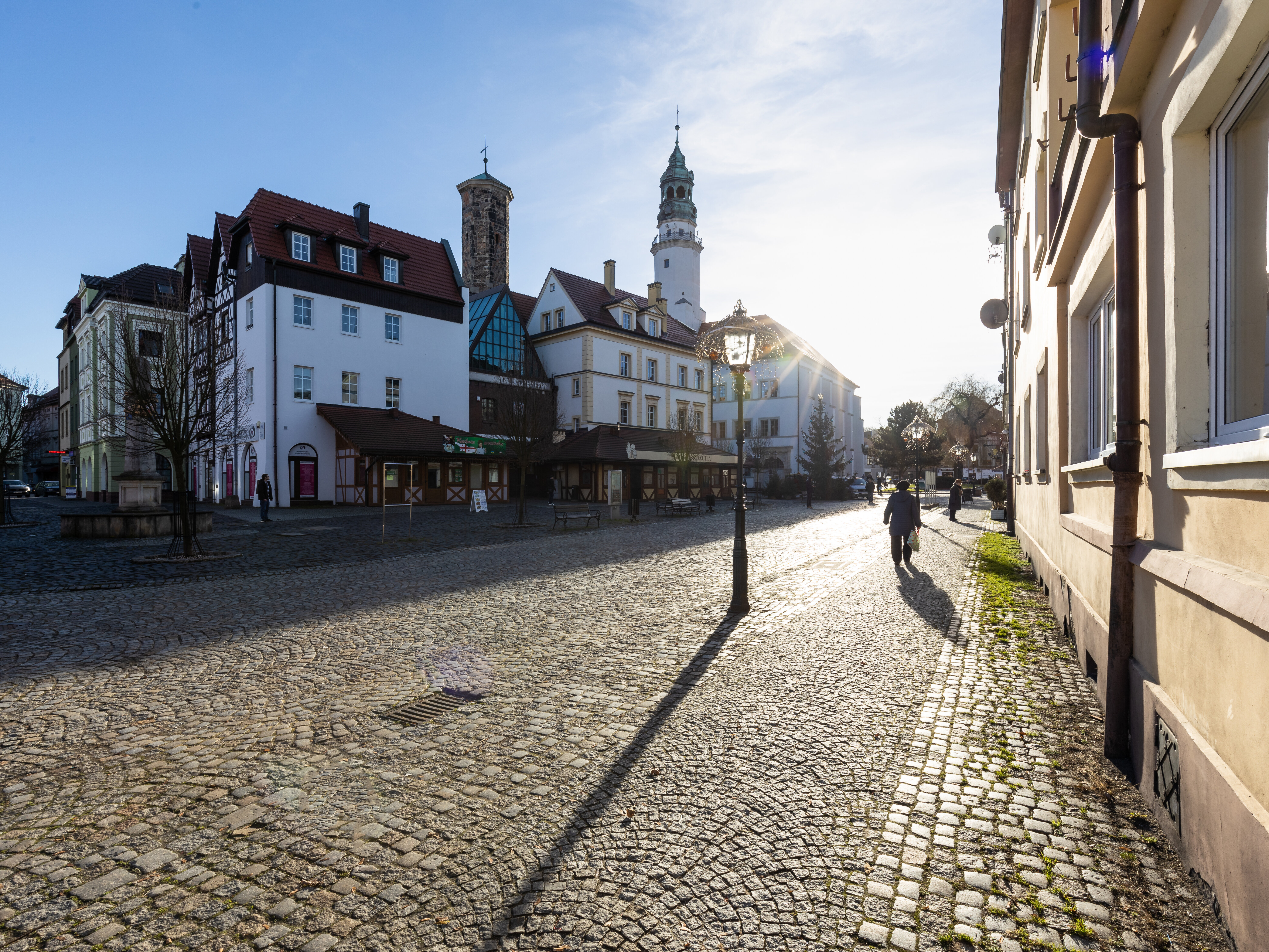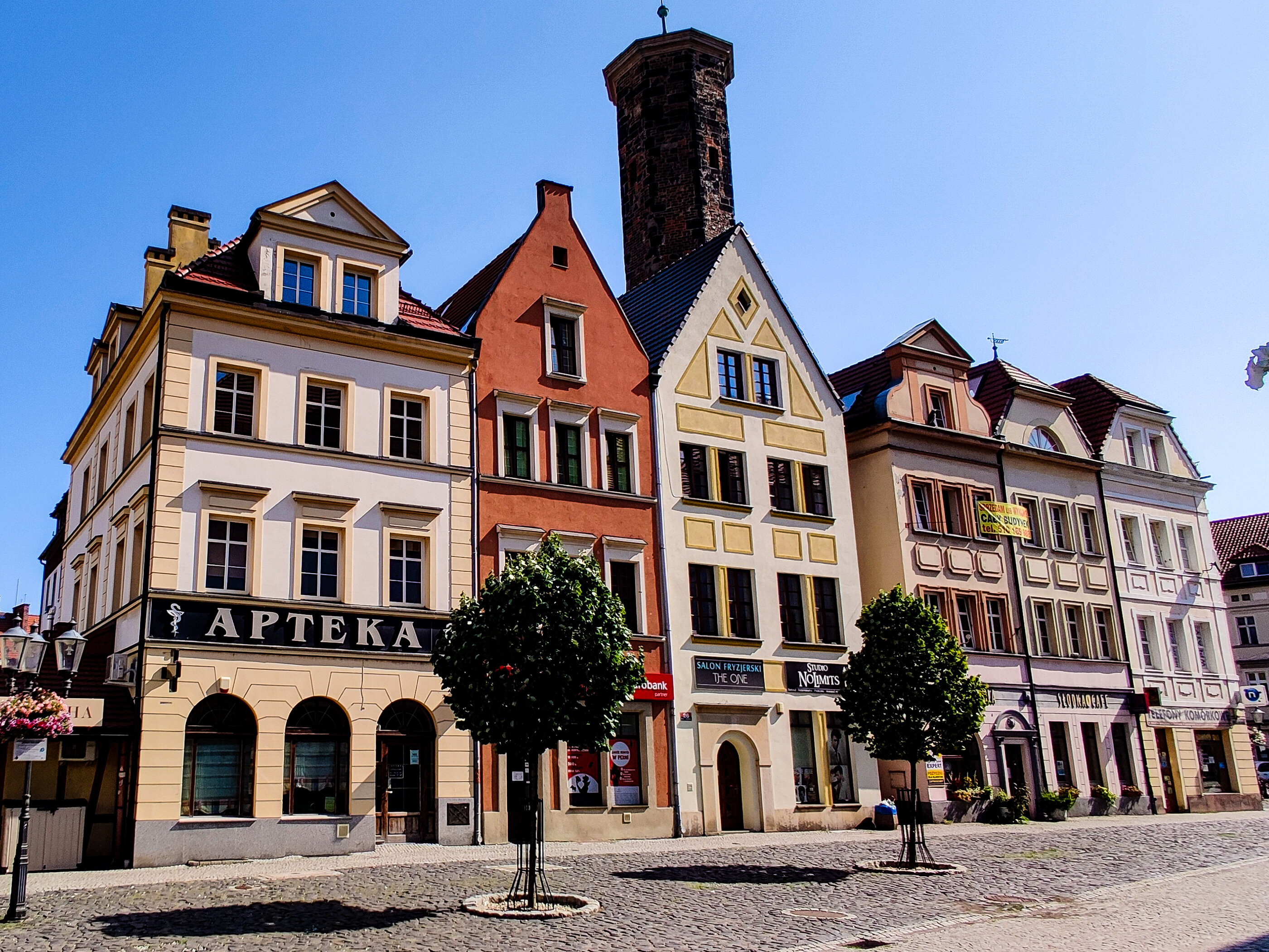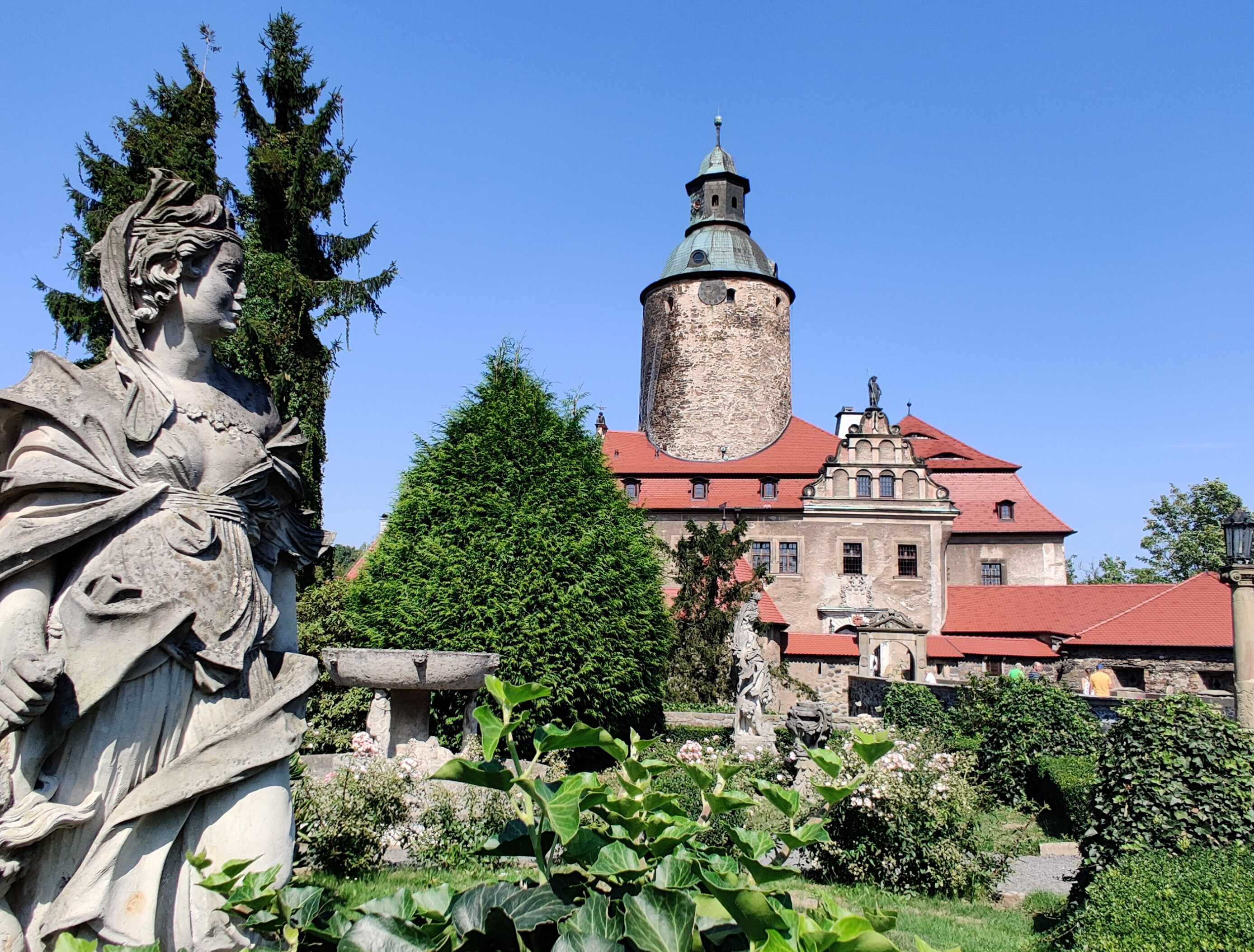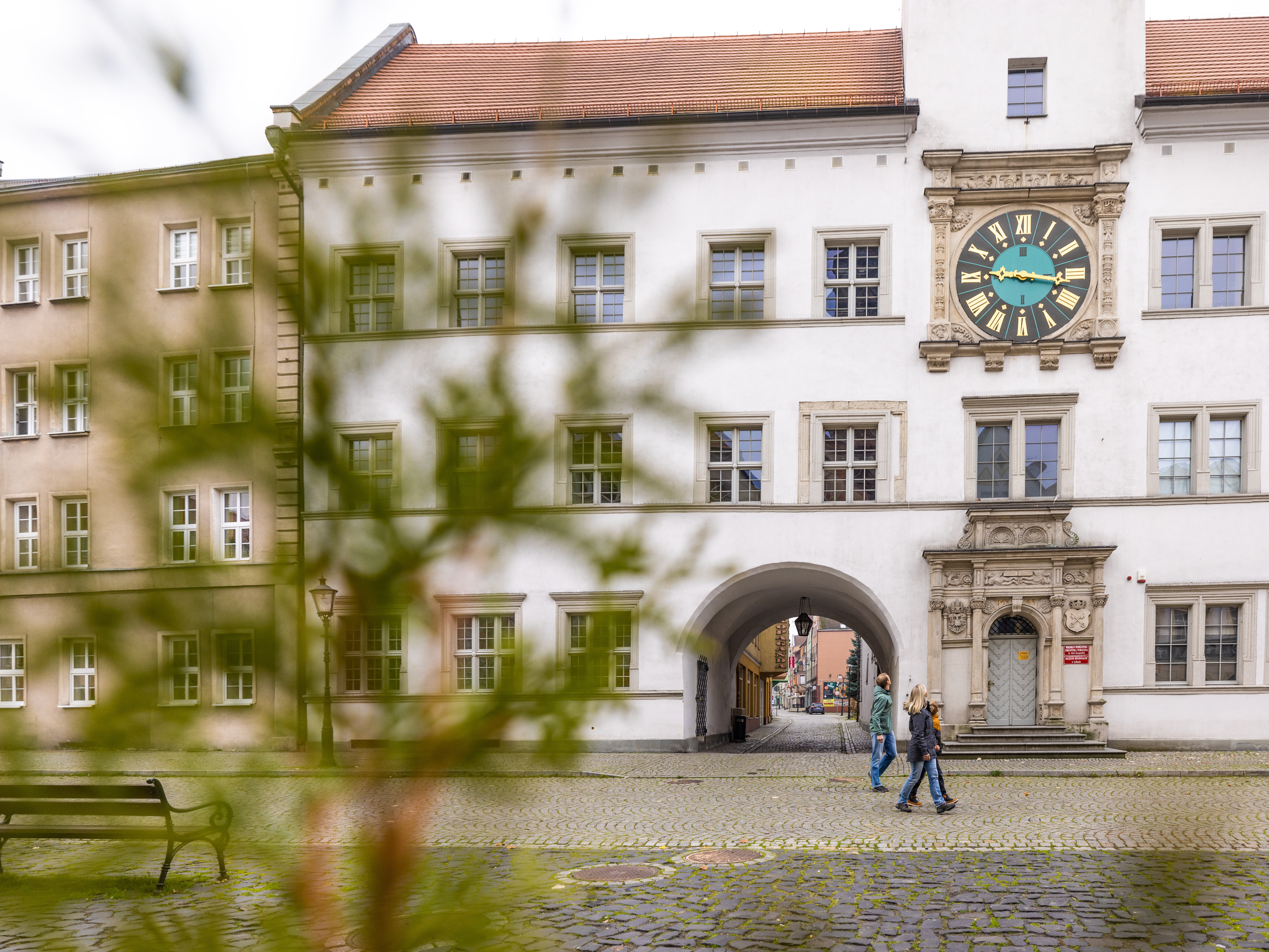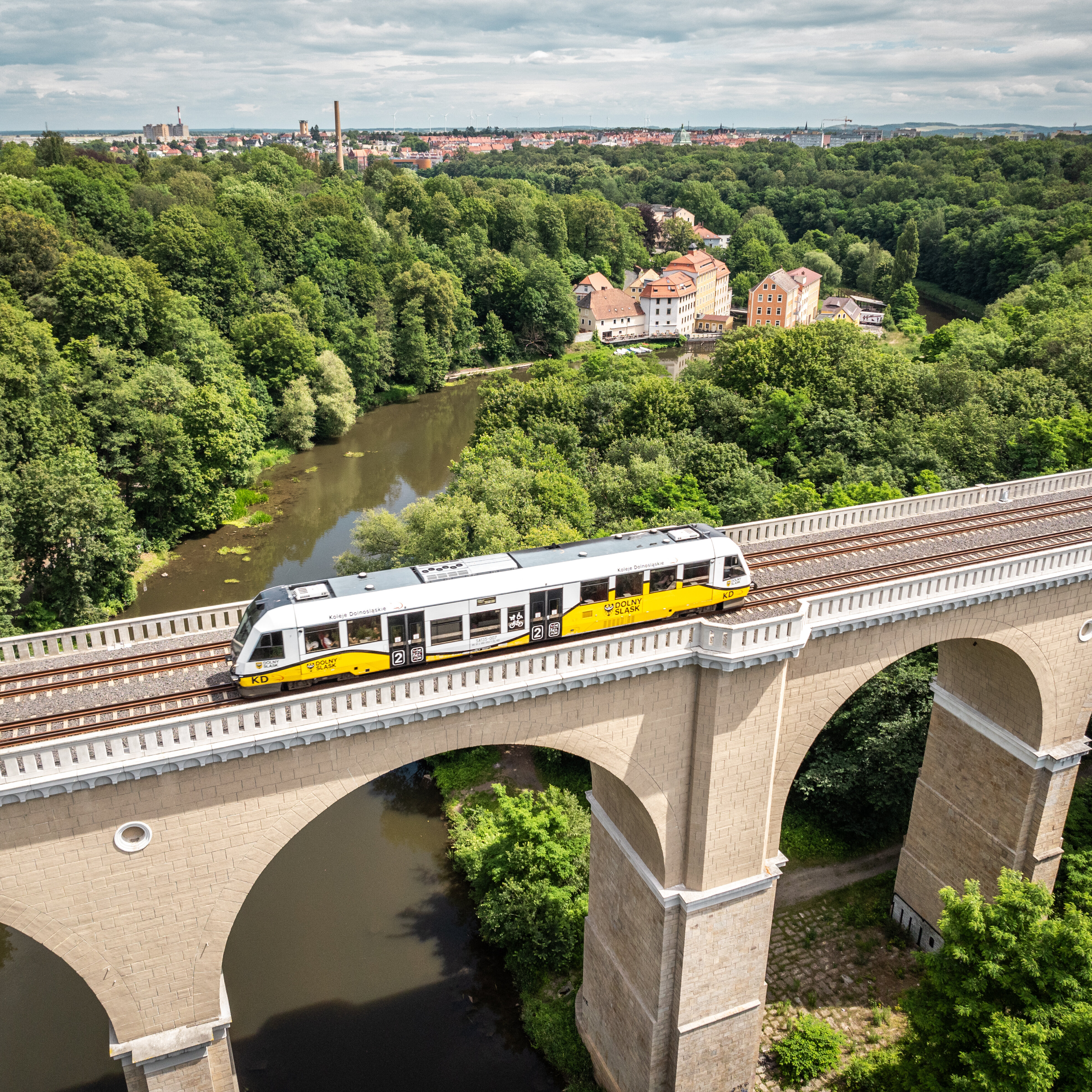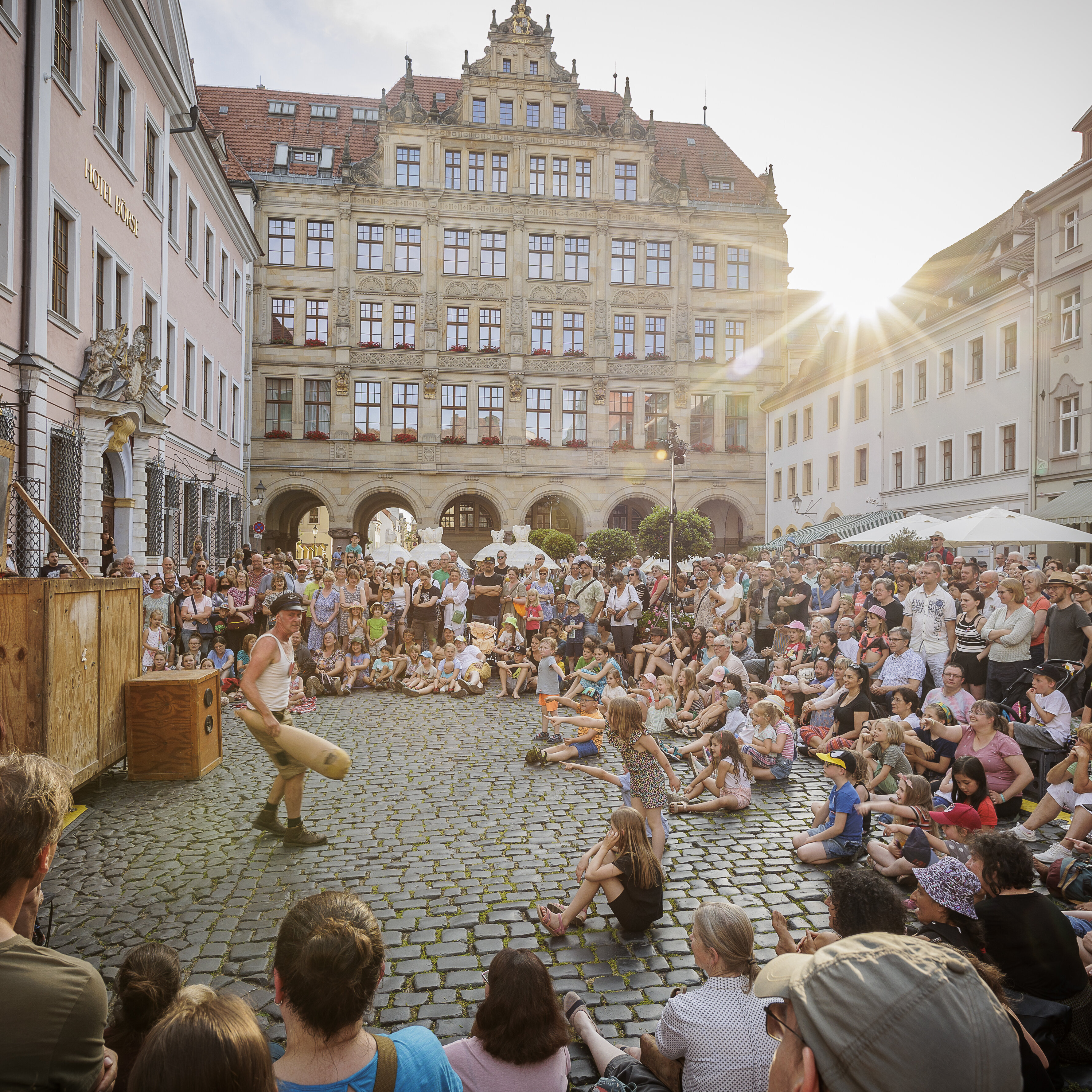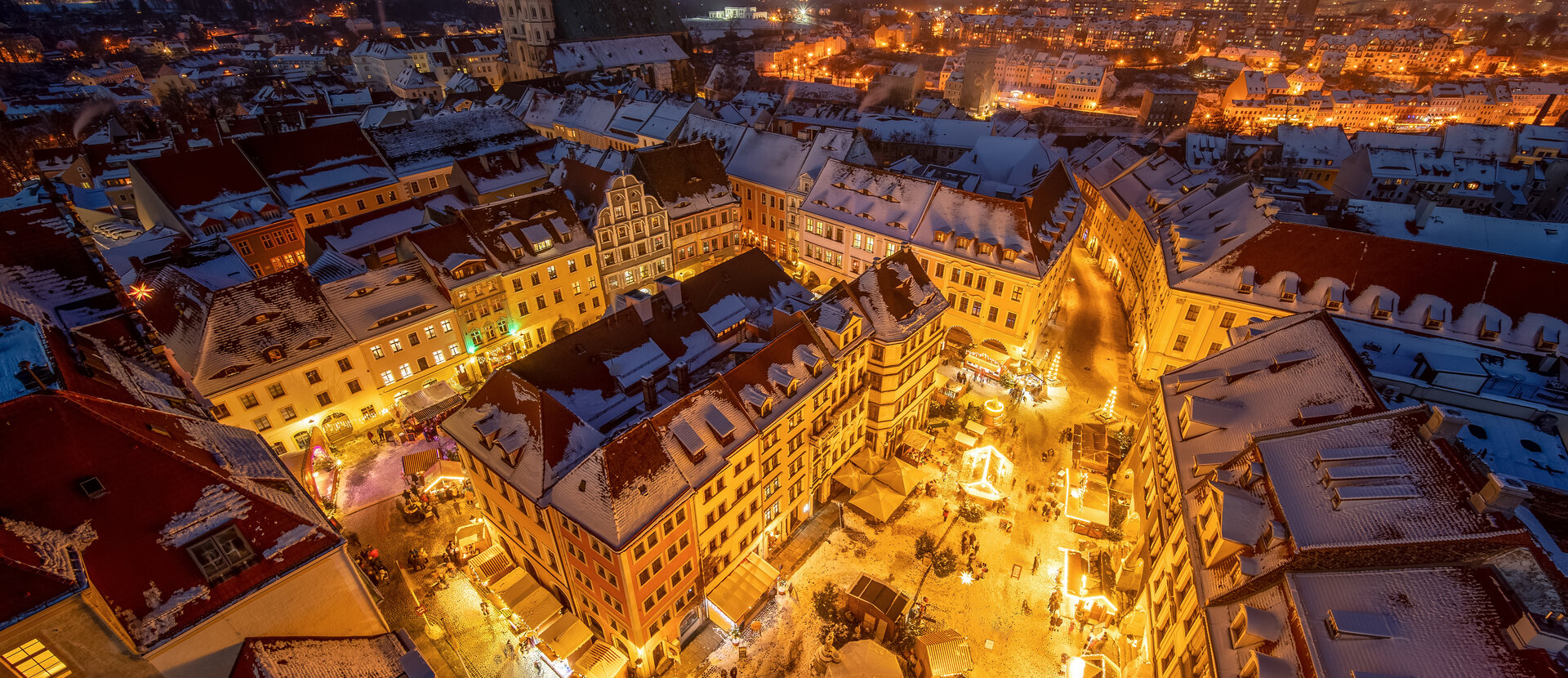Culture, history and world heritage
Görlitz, Weißwasser and Bad Muskau - three towns in the east of Saxony - offer vacationers interested in culture a fascinating mix of history, architecture and landscape art. Nestled in the charming Upper Lusatia region, close to the Polish border, they offer a cultural experience that impressively combines tradition and modernity.
Stage 3 begins in Görlitz - one of the most beautiful cities in Germany, not least because of its exceptionally well-preserved historic townscape. Over 4,000 listed buildings from the late Gothic, Renaissance, Baroque and Art Nouveau periods bear witness to a rich past as a city of commerce and culture. A stroll through the old town is like a journey through time and is an absolute must for culture enthusiasts.
Only around 35 kilometers north of Görlitz lies Weißwasser - a town that has its roots in the glass industry and today surprises with exciting industrial culture and plenty of greenery. The town itself is surrounded by spacious parks and woodland. The nearby "Azalea and Rhododendron Park Kromlau" is particularly impressive in spring with its magnificent flowers and the famous Rakotzbrücke bridge - a fairytale photo motif that attracts many visitors.
North of Weißwasser, Bad Muskau is a cultural highlight of the region - not least because of the Fürst Pückler Park, one of the most important landscape parks in Europe and a UNESCO World Heritage Site. The extensive park stretches across the German-Polish border and harmoniously combines nature, architecture and landscape design.
The three towns form a cultural triangle that impressively combines history, architecture and landscape art. This region is a real insider tip for culturally interested vacationers - authentic, diverse and full of discoveries. The close proximity to Poland allows you to experience history without borders!
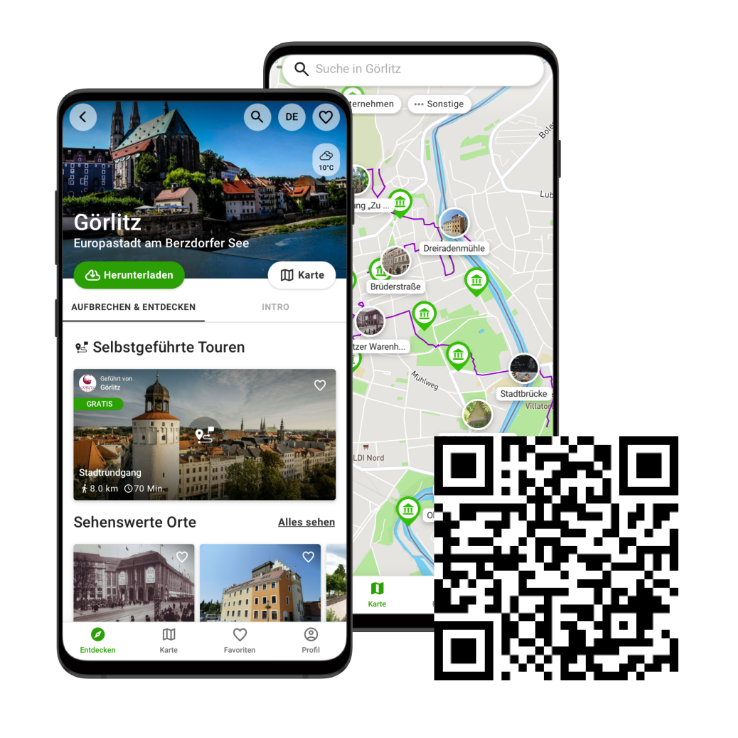
Day 5: Görlitz
Welcome to Görlitz - the easternmost city in Germany.
From Zittau, take the RB65 train to the beautiful town of Görlitz.Görlitz presents itself to culture-loving travelers as an extraordinary work of art. Its harmoniously grown old town, characterized by over 4,000 listed buildings from almost all eras of Central European architectural history, is considered one of the best preserved in Central Europe. A tour of the city is like a journey through time - from late Gothic, Renaissance and Baroque to Wilhelminian Historicism and elegant Art Nouveau, Görlitz offers an urban panorama of rare authenticity.
Particularly noteworthy is the Schönhof, the oldest Renaissance town house in Germany, which is now home to the Silesian Museum of Görlitz . It provides in-depth insights into the culture and history of Silesia - a region whose eventful past is also reflected in the city itself. The parish church of St. Peter and Paul rises above the city, impossible to miss. Its interior is home to the famous Sun Organ, a unique instrument with 17 "suns" and baroque drawbars, which regularly unfolds its sonorous power at concerts.
In recent years, Görlitz has also made a name for itself as a film city: the authentic backdrops of the old town have attracted numerous international film productions - from "Grand Budapest Hotel" to "Inglourious Basterds". This is why Görlitz is affectionately nicknamed "Görliwood". The European City of Görlitz/Zgorzelec - because Görlitz is directly connected to the Polish city of Zgorzelec via the Neisse Bridge - exemplifies the European idea of open, cultural exchange. Cross-border events, joint markets and cultural cooperation between the two cities give Görlitz a cosmopolitan, unifying flair.
Görlitz is not a destination for a fleeting glance - it is a place to be discovered and wandered through, in whose quiet alleyways history is condensed and European culture becomes tangible. A city like a treasure chest whose riches are revealed to those who travel with open eyes and an alert mind.
Experience Görlitz digitally with the audio guide!
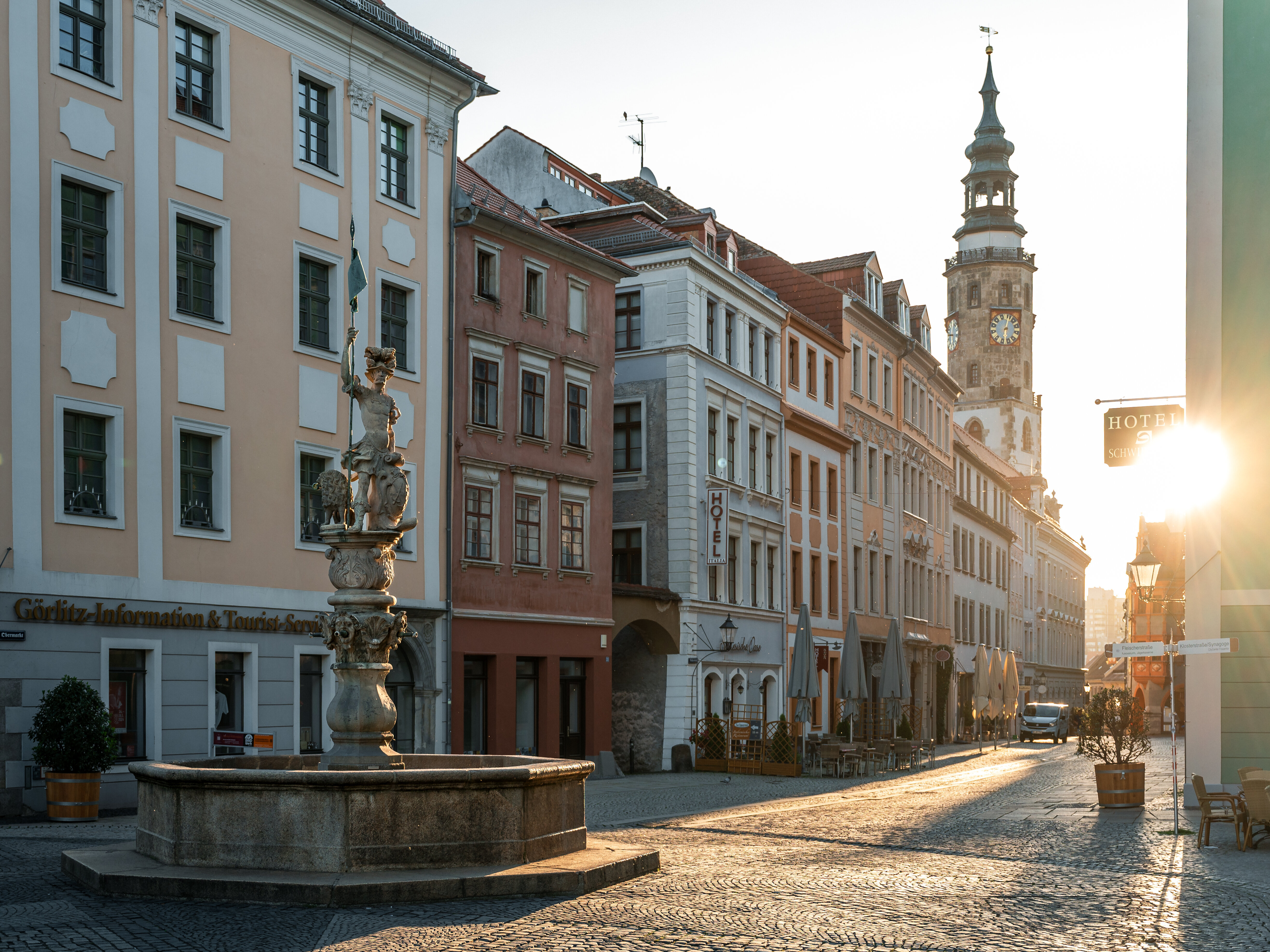
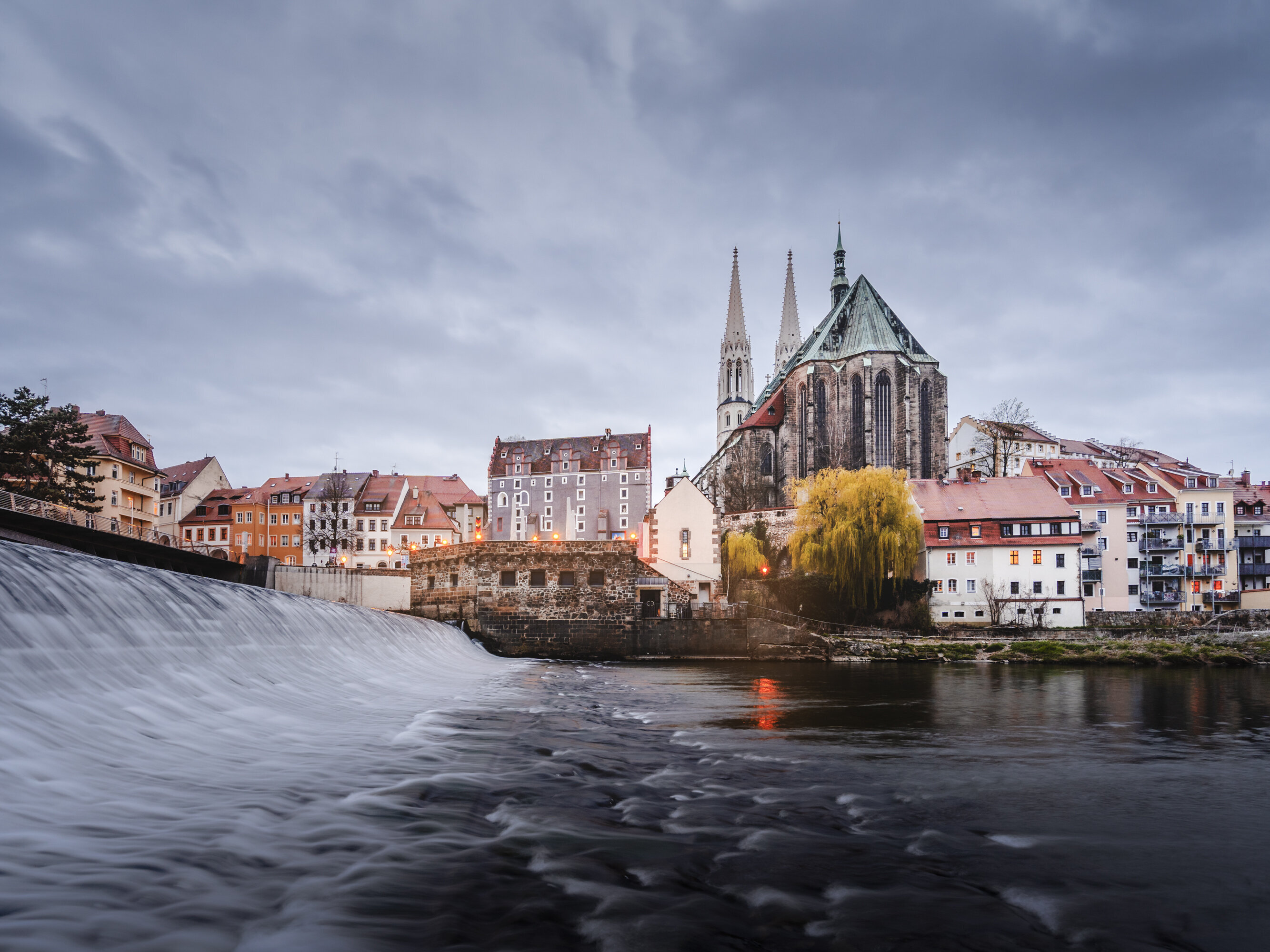
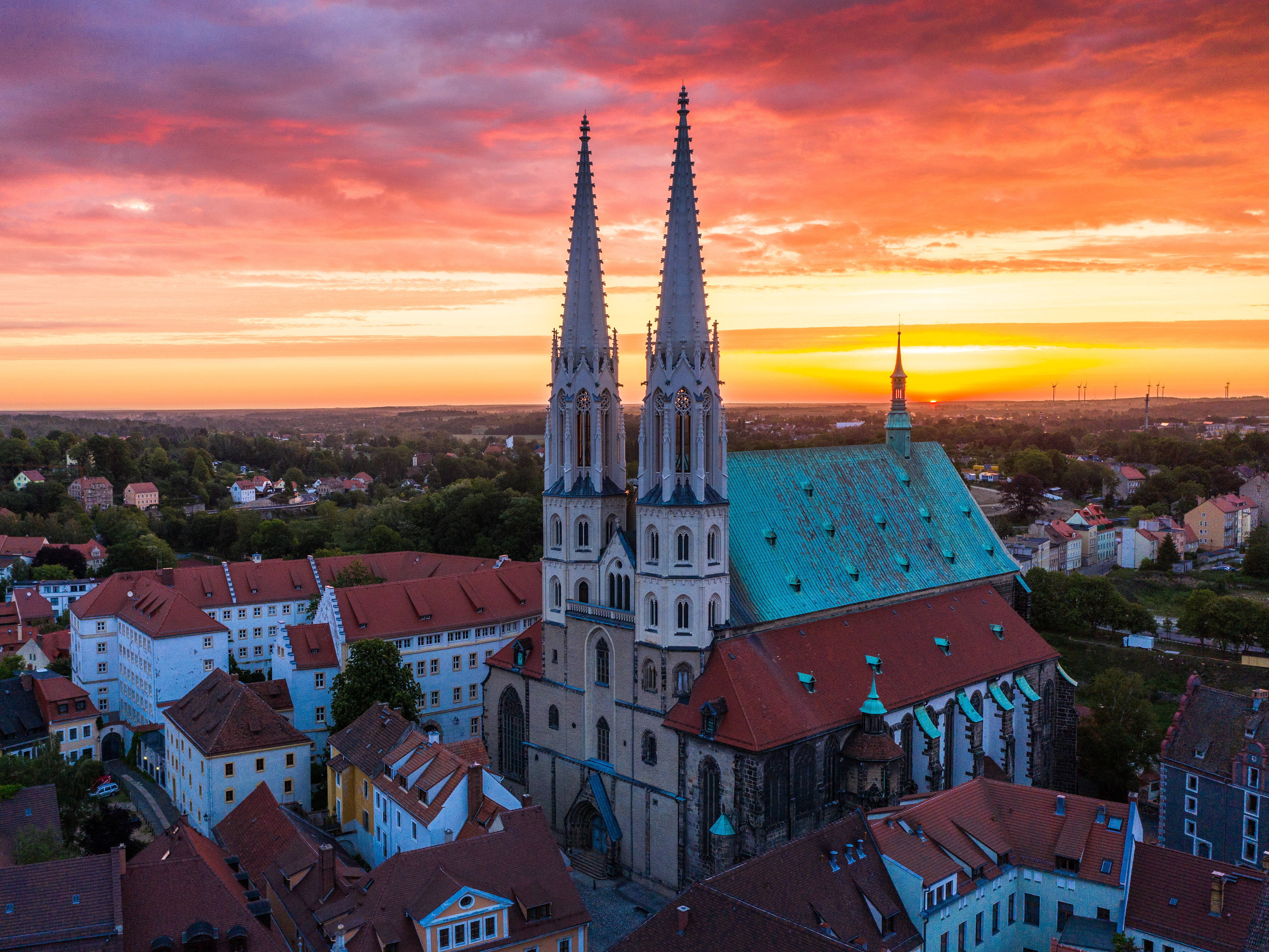
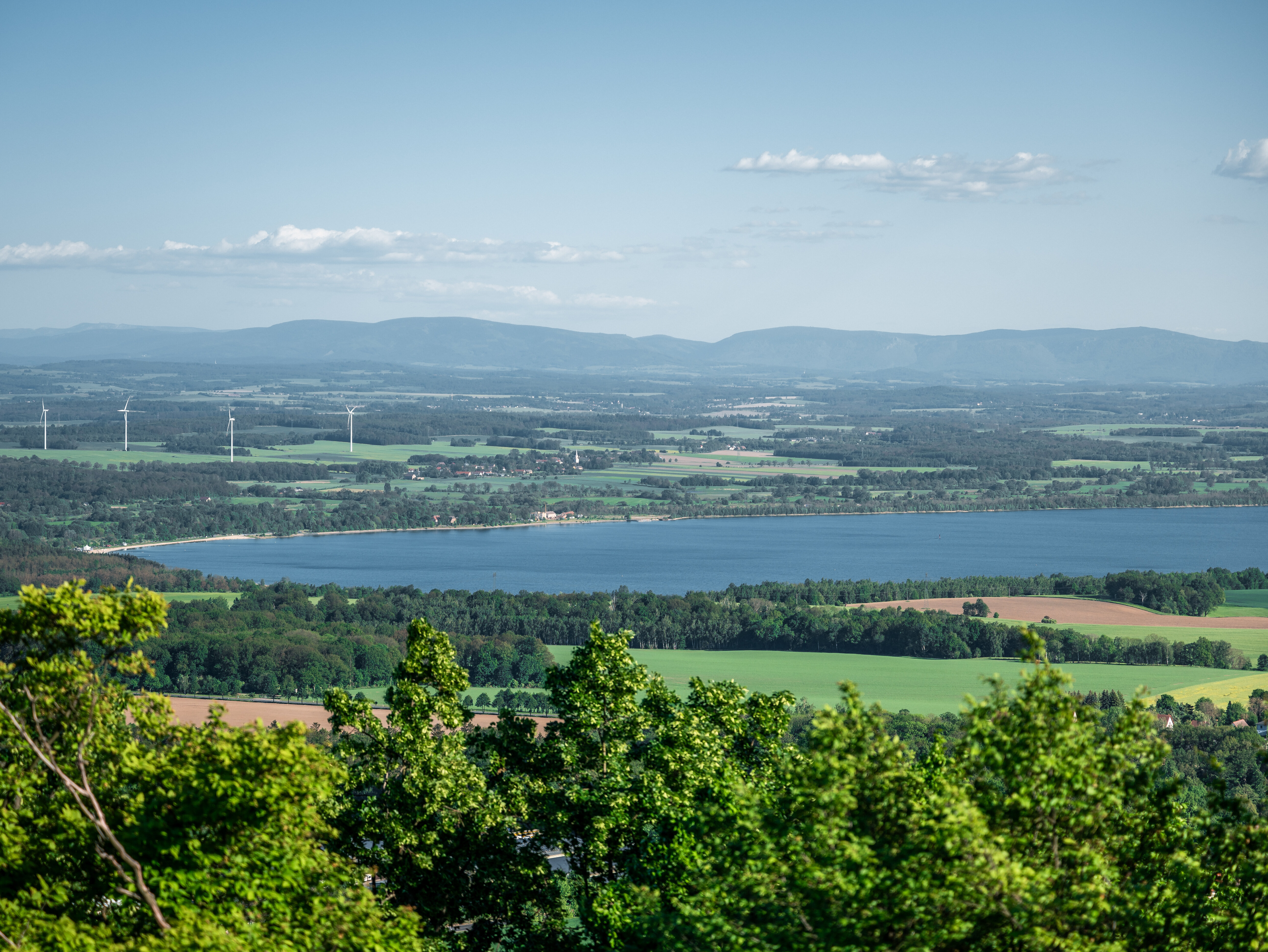
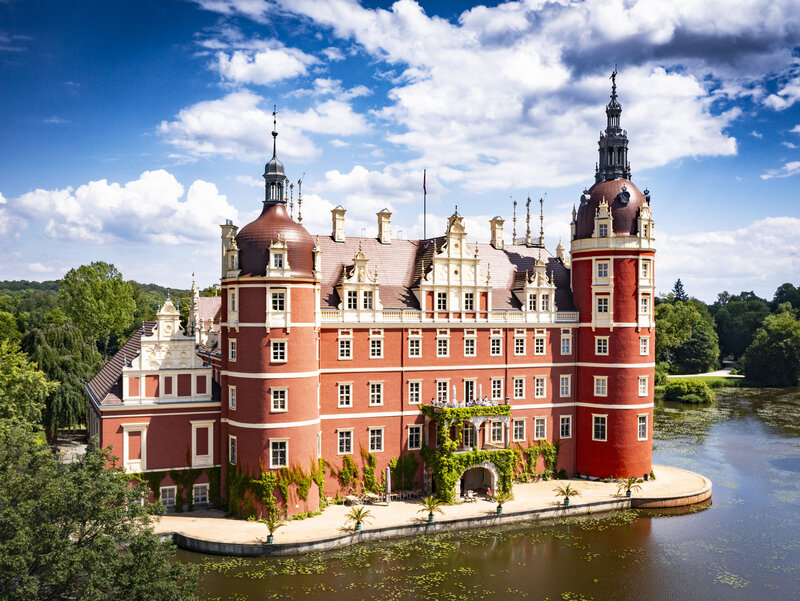
Day 6: Weißwasser and Bad Muskau
The last stop on the 3rd stage is Weißwasser and Bad Muskau.
The RB65 train takes you to Weißwasser, once the center of the European glass industry. glass industrylooks back on an eventful history. The town, which became known as the "town of glass" in the first half of the 20th century, proudly preserves this heritage. The Weißwasser Glass Museum is a cultural and historical gem that documents the development of craftsmanship, design and industry from the late 19th century to the present day. Weißwasser also has a lot to offer in terms of scenery: Its close proximity to the UNESCO park in Bad Muskau and Kromlauer Park with the famous Rakotzbrücke bridge make the town an ideal starting point for culture-oriented excursions into the countryside.
Just a few kilometers east of Weißwasser, Bad Muskau is a cultural highlight of international standing. The center of the town is the world-famous Prince Pückler Parkwhich is considered the largest English-style landscape park on the European continent and has been a UNESCO World Heritage Site since 2004. The initiator of this extraordinary park was Hermann Prince von Pückler-Muskau - a visionary of the 19th century who excelled as a garden artist, writer and world traveler in equal measure. The park, which stretches across the German-Polish border into neighboring Łęknica, impresses with its harmoniously modeled landscape with gentle hills, river courses and visual axes. At the heart of the park is the reconstructed New Castle, which now houses a visitor center with a permanent multimedia exhibition on Pückler's life and work.
A few kilometers further north is theUNESCO Global Geopark Muskauer Faltenbogen/Łuk Mużakowawhich was recognized by UNESCO as a Global Geopark in 2015. Here you can experience a geological journey through time in the interplay between the natural forces of the Ice Age and the human influence of mining. Thanks to a well-developed network of paths, the Muskau Arch can be easily explored on foot or by bike.
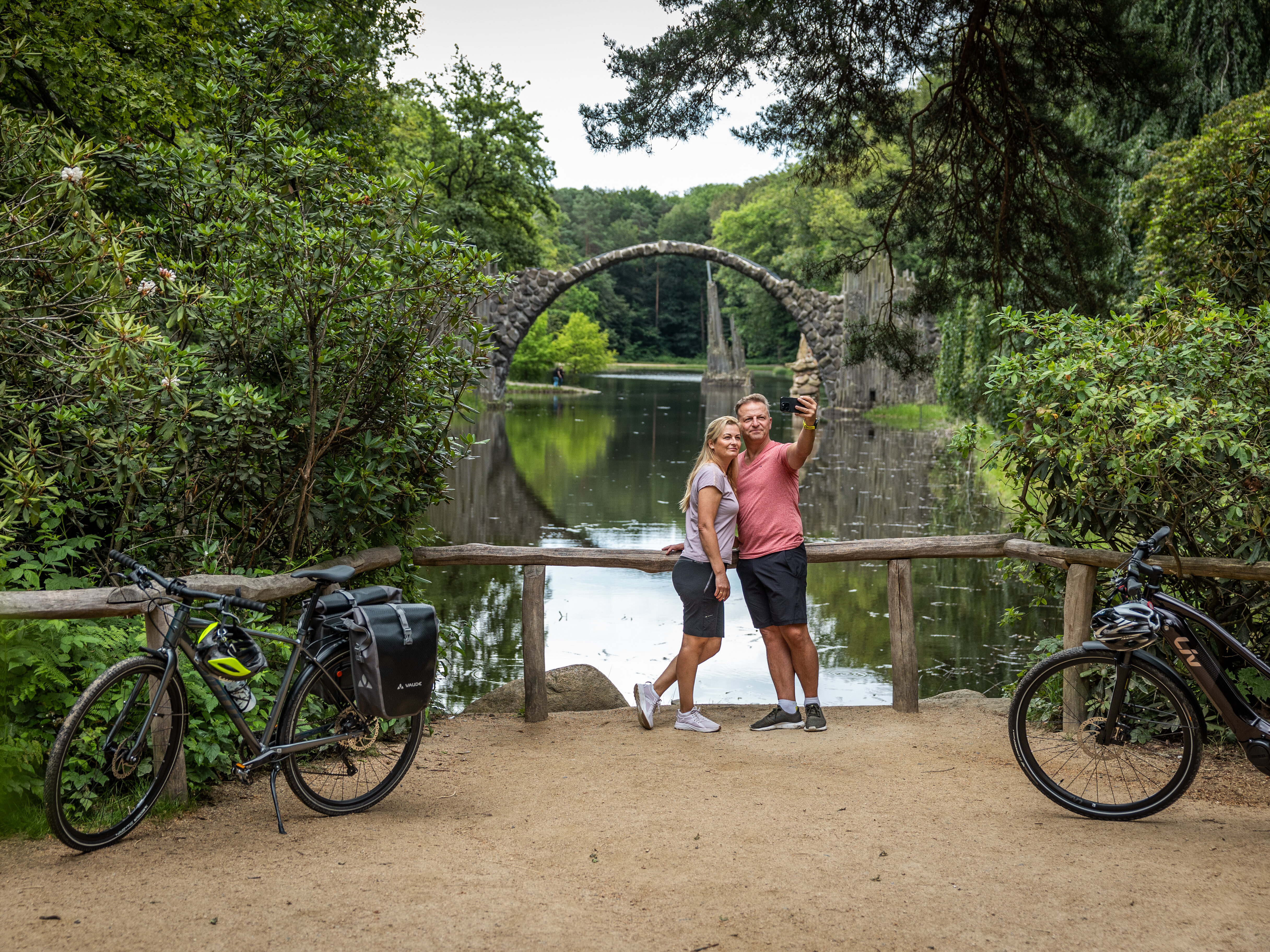
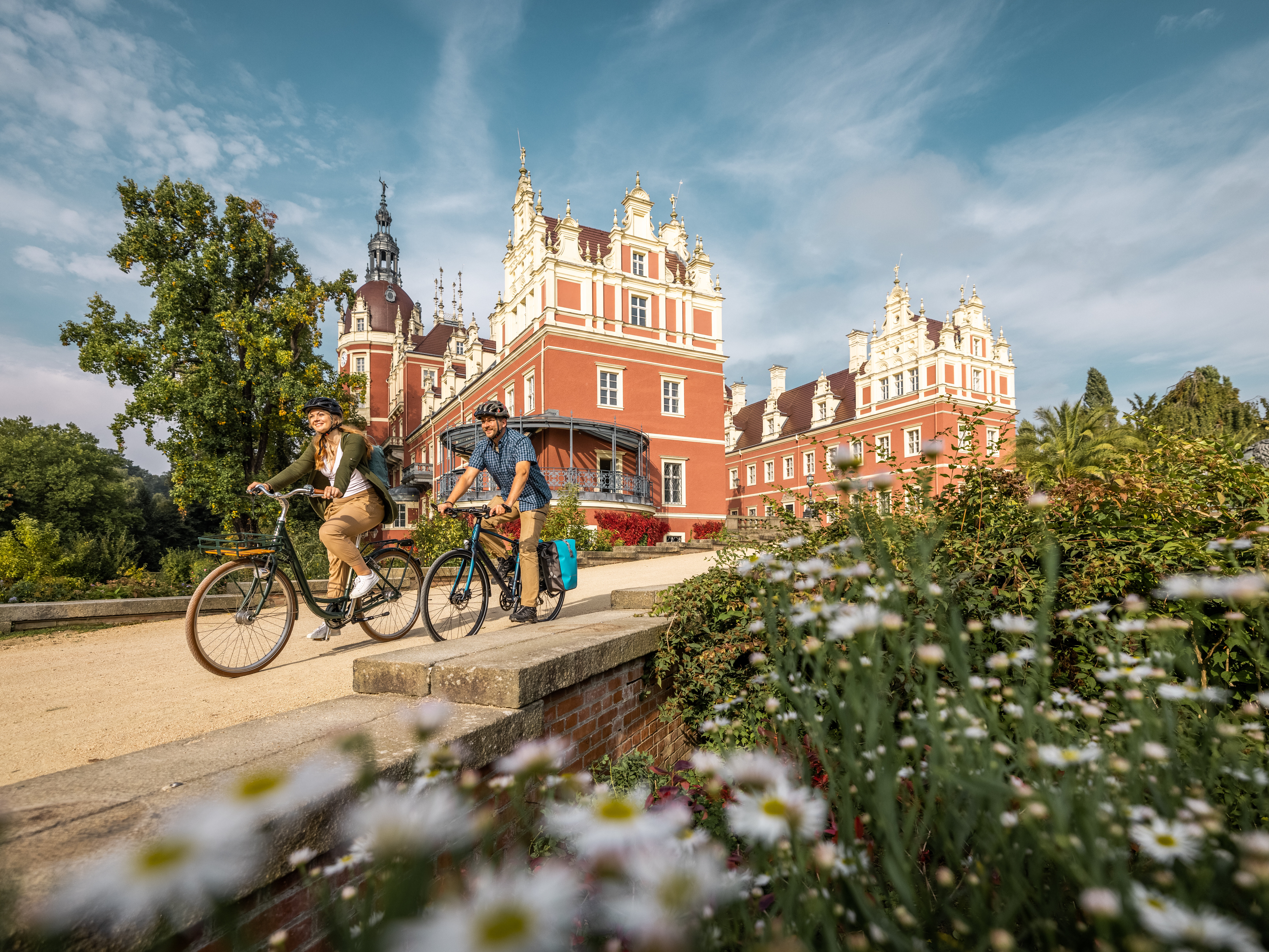
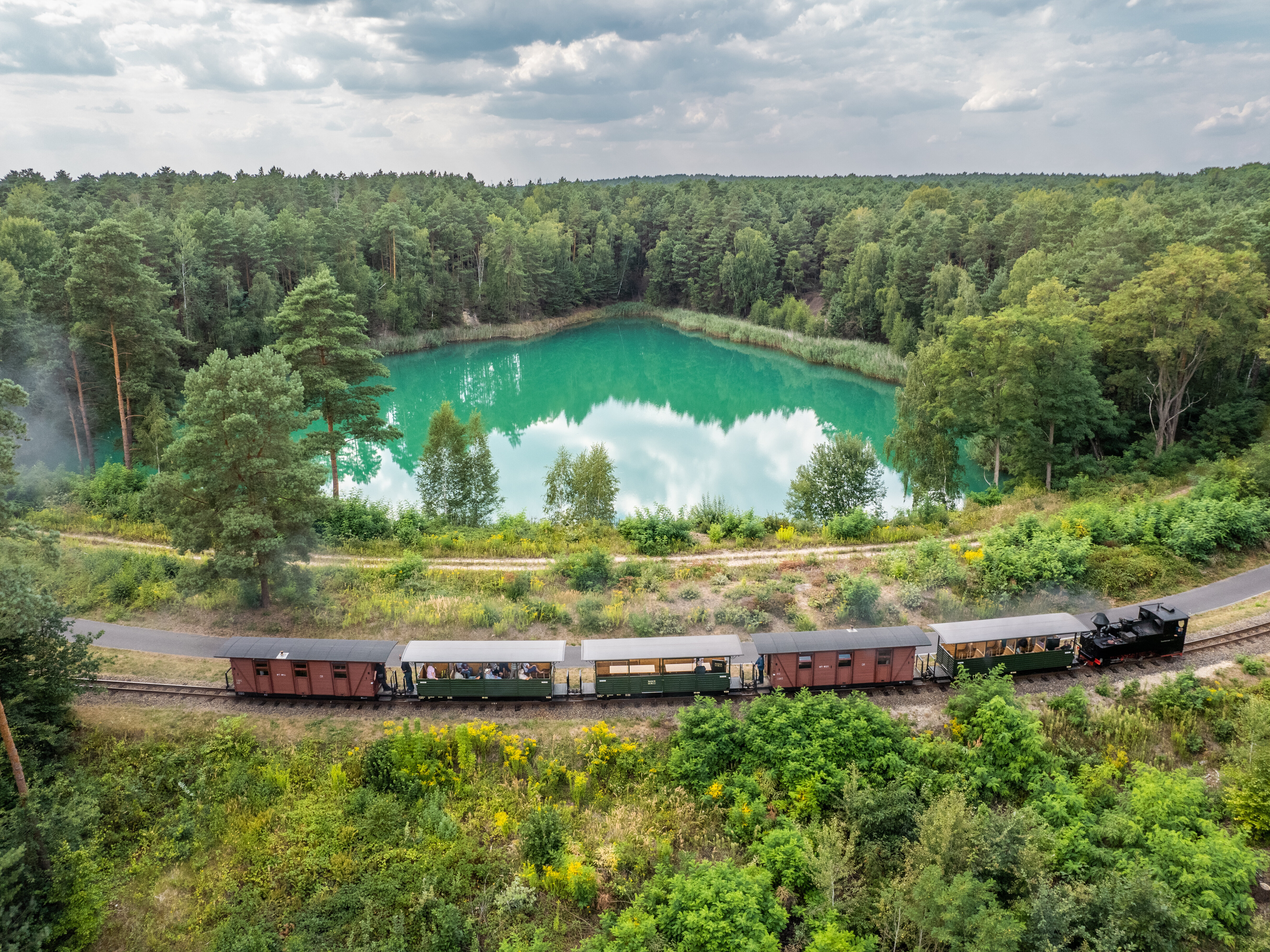
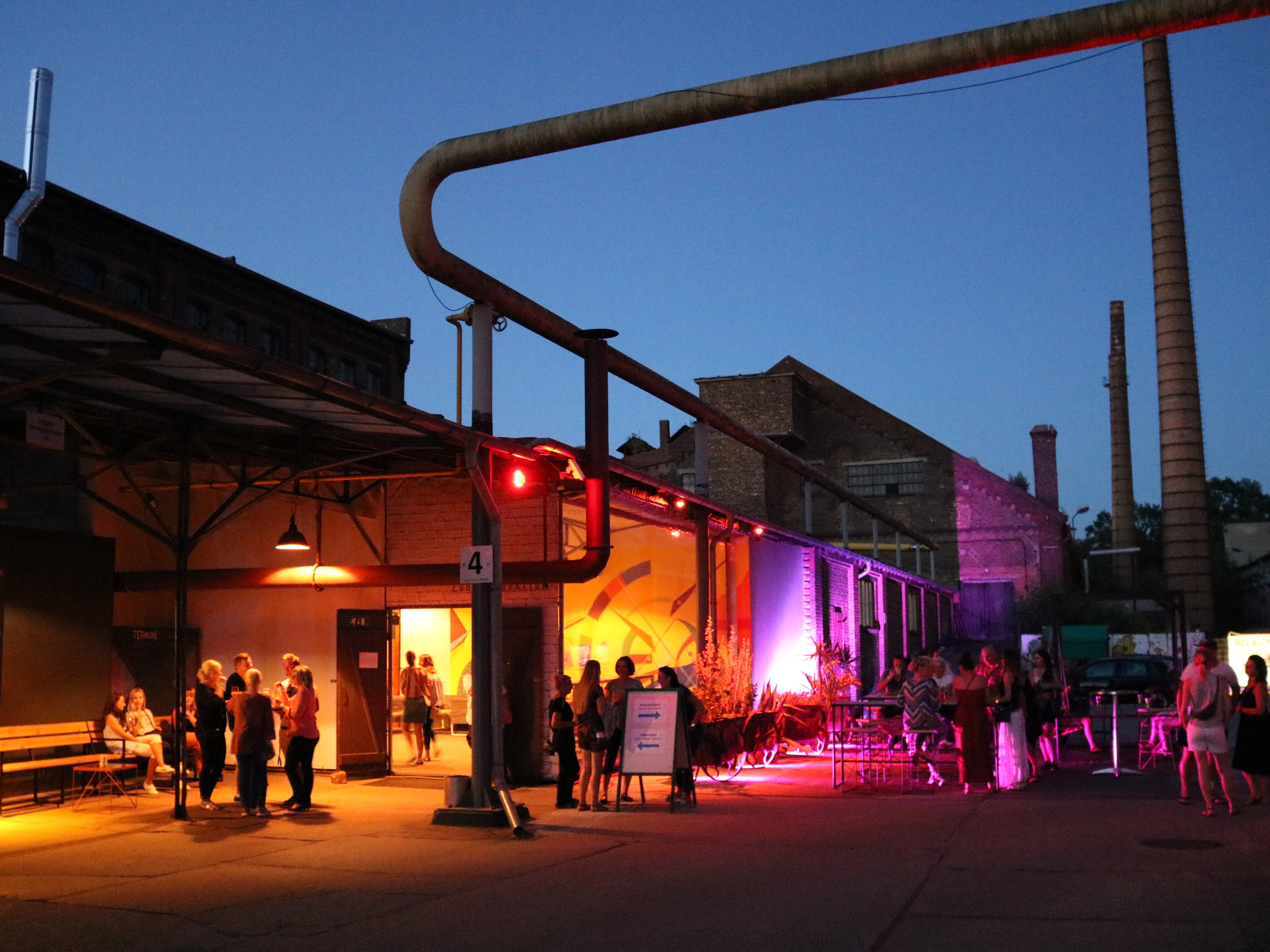
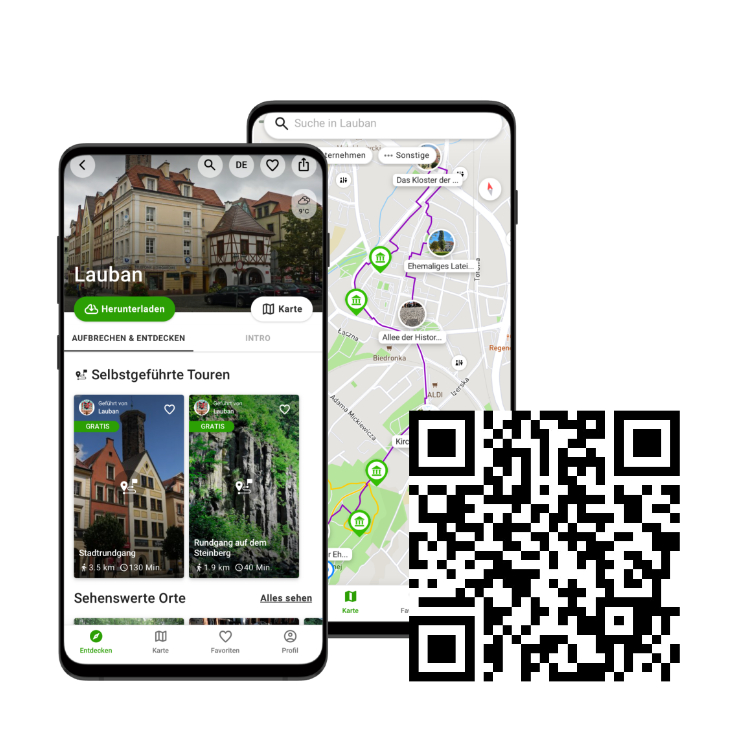
Day trip to Lubań
The Polish town of Lubań (German: Lauban) is a place steeped in history and rich in cultural heritage and can be reached by train KD 69876 from Görlitz station. Nestled in the foothills of the Jizera Mountains and not far from the German-Polish border, the town offers visitors interested in culture an exciting mix of medieval architecture, regional history and scenic beauty.
As a former town in the Upper Lusatian League of Six Towns Lubań can look back on over 800 years of urban history. In the Middle Ages, the town was an important trading center on the Via Regia - one of the most important European trade routes. Many traces of this period are still visible today: parts of the medieval city wall, the imposing imperial house (Solny Cathedral) and the Church of the Assumption of the Virgin Mary, a Gothic building from the 13th century, characterize the cityscape. The Lubań City Museum displays exhibits on the city's history, archaeology and regional folk art. Changing exhibitions and educational programs make it a worthwhile destination for visitors interested in cultural history. Cultural events such as the Lauban Old Town Festival, concerts and German-Polish meeting days also strengthen the town's cultural diversity.
You can also experience the city digitally with the audio guide!
